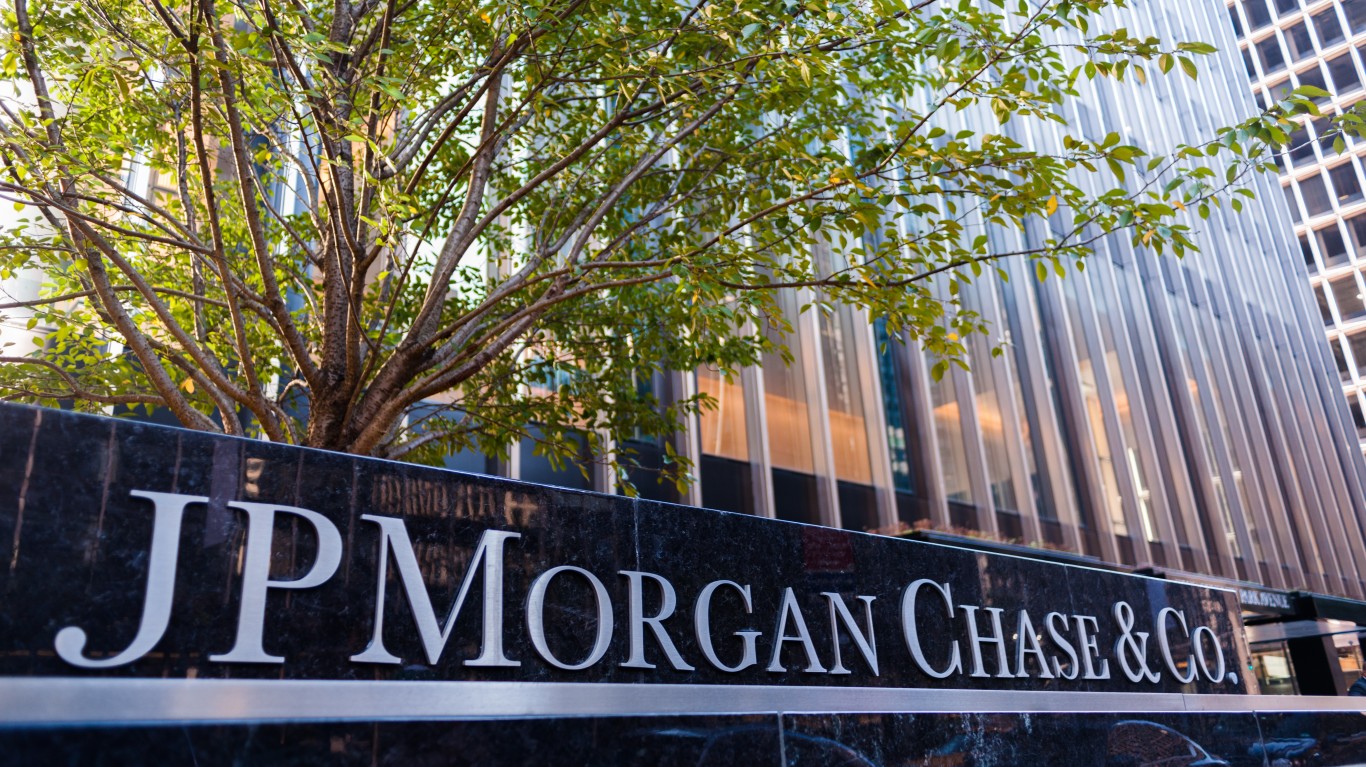
Over the course of the past week, the Dow and S&P 500 closed at record highs, but despite all the positive sentiment in the market, there were still some laggards. Now many analysts are saying that fundamentally this rally is not justified and perhaps they might be right. Even though the market made incredible gains, a few companies held it back from pushing even higher.
24/7 Wall Street has picked out a few companies posting the largest losses for the week. We have included briefly why the stock has lagged, as well as a recent trading history, consensus analyst price target and a 52-week trading range.
Fairmount Santrol
After Fairmount Santrol Holdings Inc. (NYSE: FMSA) reported less-than-favorable preliminary financial results last week, it saw its shares plunge. Although this was not a good move for the stock, it could have been worse if the company had waited until its actual earnings report.
Fairmont expects its revenues to be in the range of $113 million to $115 million, versus $145.5 million for the first quarter and $221.3 million in the same period of last year. At the same time, the company expects a net loss of $0.56 to $0.58 per share, versus a net loss of $0.07 per share in the first quarter and actual earnings per share of $0.08 per share in the year-ago period. The consensus estimates are calling for a net loss of $0.13 per share on $133.76 million in revenue.
Over the past week, Fairmont shares dropped by 16%. The stock closed Friday at $6.83, with a consensus price target of $7.70 and a 52-week trading range of $1.00 to $8.83.
CytRx
In Tuesday’s session, CytRx Corp. (NASDAQ: CYTR) stock absolutely crumbled after the company released disappointing late-stage results. The company announced the results of an analysis of its global, randomized, Phase 3 clinical trial of aldoxorubicin compared to investigator’s choice therapy in patients with relapsed or refractory soft tissue sarcomas. Because enrollment was interrupted by a partial clinical hold in November 2014, this analysis did not provide for sufficient follow-up for the nearly two-thirds of patients who entered the Phase 3 study after the hold was resolved and enrollment resumed.
Unfortunately, this resulted in nearly half of all patients being censored (excluded) from the current progression free survival evaluation. CytRx expects to conduct a second analysis, which will include longer patient follow-up and allow for greater maturation of all endpoints. The company expects to announce the results of this evaluation and hold an end-of-Phase-3 meeting with the Food and Drug Administration (FDA) in the fourth quarter of 2016. The partial clinical hold was related to a single patient enrolled in a compassionate use study, which was subsequently resolved successfully.
CytRx stock dropped by 72% last week, closing on Friday at $0.63, with a consensus price target of $4.58 and a 52-week range of $0.55 to $4.06.
Ziopharm Oncology
Ziopharm Oncology Inc. (NASDAQ: ZIOP) was another company that destroyed shareholders this past week, further adding to its decline. It’s never a good situation when a company says “unfortunately” in the first sentence of any release it puts out. But we can let Ziopharm tell the story from here:
This Phase I study is being conducted in late-stage, recurrent GBM, so these patients are all, unfortunately, medically fragile. The first two patient deaths, which occurred 6.7 months and 3.9 months after treatment, were unrelated to study drug. A third death has just been reported to us and we are collecting and analyzing information in order to properly and timely report it to the FDA. The cause of death is intracranial hemorrhage, which occurred some time after the patient had been discharged from the treating center. This is an isolated case, and there have been no reported related instances of brain hemorrhage in any pervious cohort or prior studies with Ad-RTS-hIL-12 + veledimex. Enrollment remains open in the study, and we will be discussing with our Safety Review Committee the appropriate course of action. For patients who have experienced multiple recurrences, as these patients have, prognoses are particularly poor. Median follow up in the first dose cohort from our study is now 8 months, in a population with an expected overall survival of 3 to 5 months for patients that have failed temozolomide and bevacizumab, or equivalent salvage chemotherapy. For the patients that remain in follow up in this Phase I study, we believe that preliminary overall survival remains encouraging. The Company expects to provide an update once a course of action has been determined.
Over the past week, the stock dropped by 17%. Shares closed Friday at $5.01, with a consensus price target of $14.00 and a 52-week range of $4.56 to $14.93.
Synergy Pharmaceuticals
On Friday, Synergy Pharmaceuticals Inc. (NASDAQ: SGYP) had somewhat of a hiccup, but this was precipitated by a slow drop over the course of the week. The long and short of the matter is that the company has been in an open discussion with the FDA regarding the new drug application (NDA) for its chronic idiopathic constipation treatment, as well as for its irritable bowel syndrome with constipation (IBS-C) program.
In its update, Synergy decided to continue patient enrollment for its two ongoing Phase 3 clinical trials with plecanatide in IBS-C. The decision to continue enrollment comes after trial monitoring demonstrated a slower enrollment pace combined with an increase in the number of patients not meeting randomization criteria after the screening period prior to starting treatment.
Over the past week, the stock retreated 12%. Shares closed Friday at $3.61. The consensus price target is $9.90, and the 52-week range is $2.50 to $9.76.
The Average American Is Losing Momentum on Their Savings Every Day (Sponsor)
If you’re like many Americans and keep your money ‘safe’ in a checking or savings account, think again. The average yield on a savings account is a paltry .4%* today. Checking accounts are even worse.
But there is good news. To win qualified customers, some accounts are paying nearly 10x the national average! That’s an incredible way to keep your money safe and earn more at the same time. Our top pick for high yield savings accounts includes other benefits as well. You can earn up to 3.80% with a Checking & Savings Account today Sign up and get up to $300 with direct deposit. No account fees. FDIC Insured.
Click here to see how much more you could be earning on your savings today. It takes just a few minutes to open an account to make your money work for you.
Thank you for reading! Have some feedback for us?
Contact the 24/7 Wall St. editorial team.





